Celebrate 4 tremendous trees at Essex Country Parks
This National Tree Week we are celebrating some of the significant and stunning trees at the Essex Country Parks.
Posted on 18th November 2025
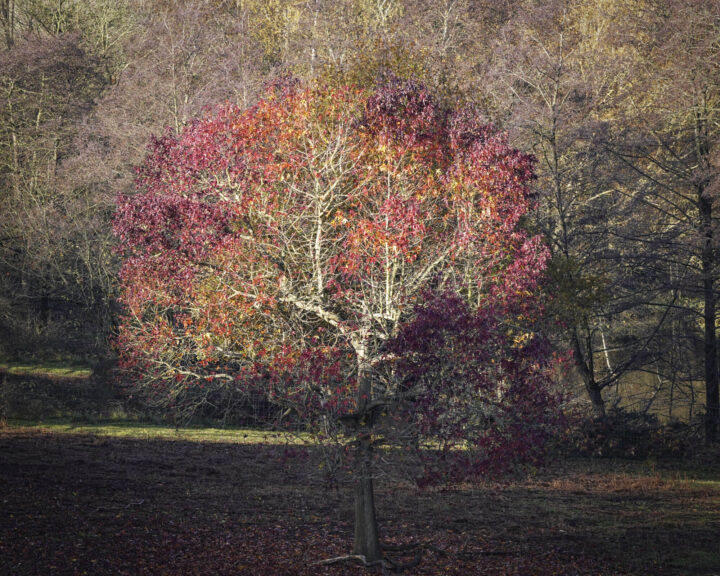
We care for thousands of trees across our eight Essex Country Parks.
This National Tree Week we’re celebrating by sharing some of our favourite trees along with interesting facts and information about the woodlands and wood pastures we look after.
Fact 1: Some of our veteran trees are over 500-years-old and were planted during the time of Henry VIII. Some of them may even date back to a time when many of the sites were medieval deer parks.
Fact 2: You can experience both ancient woodlands and coppice plantations at Belhus Woods. Most of the site at Belhus was cleared of its natural woodlands in or before the Roman era. During the Norman settlement it was retained as a working woodland and used for producing woodland products, grazing and hunting.
Fact 3: The wood pasture at Thorndon is a Site of Special Scientific Interest (SSSI) and of international importance.
Fact 4: Weald Country Park is home to nearly 200 veteran trees and is a top twenty site for saproxylic beetles in England.
Discover these beautiful flora and visit soon to find them for yourselves.
Black mulberry at Weald Country Park
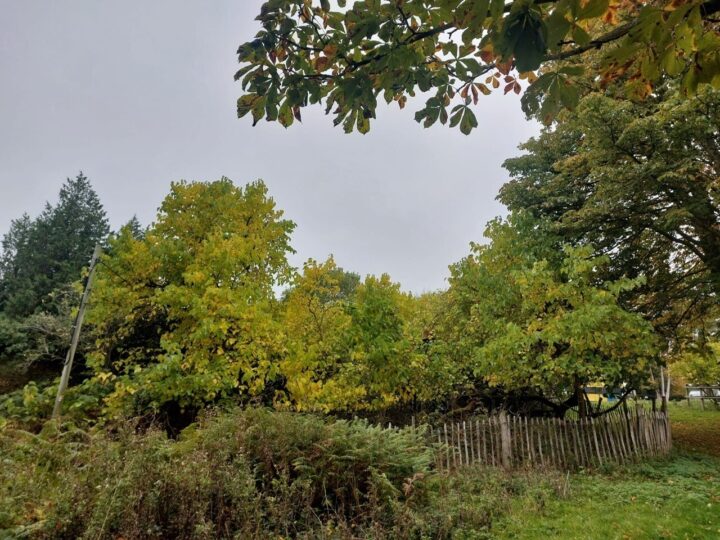
The ancient mulberry tree at Weald Country Park is connected to the heritage of the site – which is a Historic England grade II listed park and garden. The tree is hundreds of years old and likely linked to Old Weald Hall which once stood near Belvedere car park.
Although we don't know exactly when this tree was planted, black mulberries were popular in the medieval gardens of manor houses and monasteries – for for their shade, fruit and medicinal properties over the ages.
Initially linked to the Romans, they were imported into England by James I when he wanted to set up a homegrown silk industry.
Mulberry trees were also a status symbol for society in 18th and 19th centuries, they have a fascinating history.
This mulberry can be found near the visitor car park. It is the first tree you come to by the Tudor Wall towards Belvedere.
The black mulberry was chosen by Heather Smith, Weald Country Park Manager, to celebrate this National Tree Week.
Read more about the heritage of Weald Country Park and walk the discovery trail.
This winter we are also planting new trees at Weald Country Park. Fifteen new parkland trees will be planted in Top Field as part of our Countryside Stewardship funded landscape restoration work.
Hornbeam at Thorndon Country Park
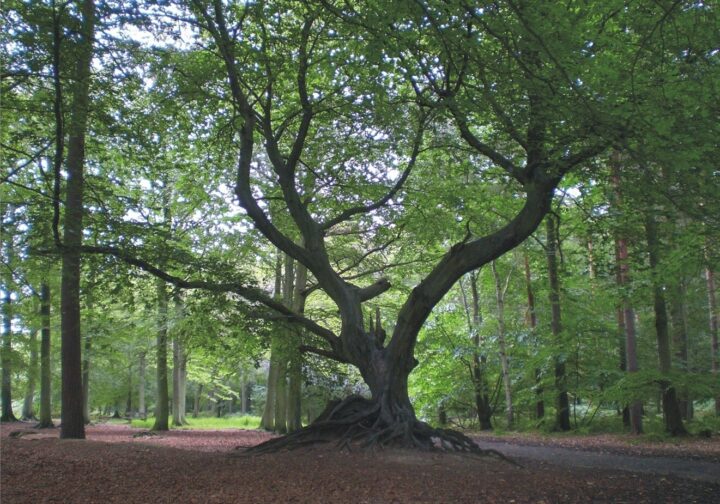
It is difficult to single out one significant tree at Thorndon Country Park for National Tree Week as there are so many!
After much thought the team has chosen this incredible old hornbeam, which visitors can find on the main track down past the visitor centre.
It is interesting because it is a veteran tree. It’s twisted trunk and exposed roots look amazing. And it is a rich habitat for beetles and bats.
Historically hornbeams (which are native to the south of England) were Britain’s most prized source of hardwood. The wood, which is extremely hard, dense, and durable was used to make tools, coach wheels and even gear pegs in traditional wind and watermills.
Our hornbeam is on the boundary of an old ditch and bank system, used in the past to section up areas of woodland or coppice.
At Thorndon we are carrying out significant landscape restoration to protect our veteran trees into the future and help restore the wood pastures of the past. Read more about what we’re doing and why.
Old oak at Danbury Country Park
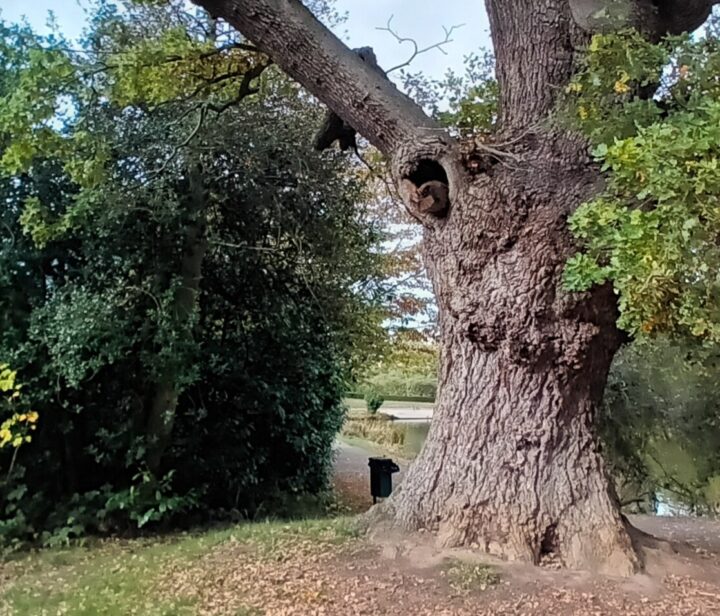
After much thought Ranger Andrea has chosen the incredible old oak at Danbury Country Park that stands regally by the mid lake, and is an important landmark to both staff and visitors alike.
This stunning tree is about 500 years old, and Andrea chose it because of its historical referencing. You can view a photograph by the Victorian photographer Fred Spalding, and one of it as it looks today.
It’s slightly wider now but when we look the view is pretty much the same as it was 100 years ago.
English oak trees are an important part of the British landscape and ecosystems, with some studies claiming oak trees support 2,300 other species.
This tree is home to hornets, bees, blue tits, jackdaws and squirrels all co-existing in the same magnificent tree. At Danbury we are managing this tree to help it survive safely into the future.
Danbury boasts nearly 100 veteran trees, with particularly high numbers of oak (many of which are over 500-years-old).
You will also spot various types of trees here including hornbeams and sweet chestnuts cedar of Lebanon, ash, and beech which is also known as the queen of British trees.
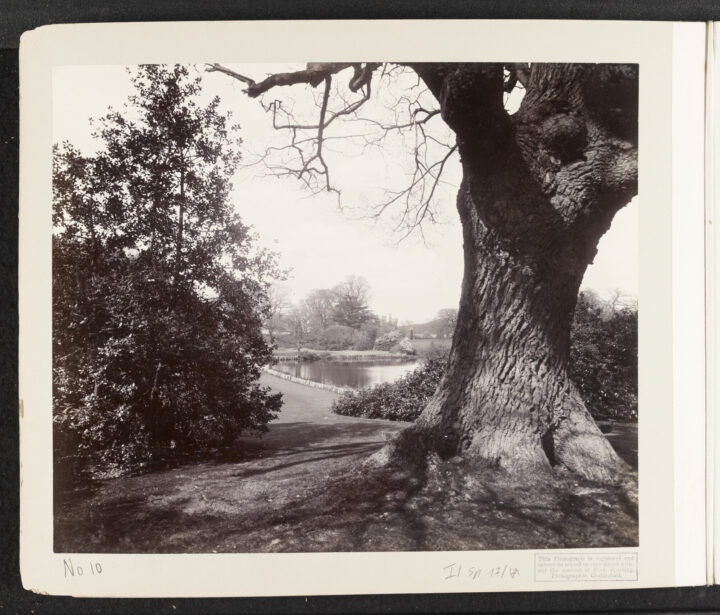
Single oak at Belhus Woods Country Park
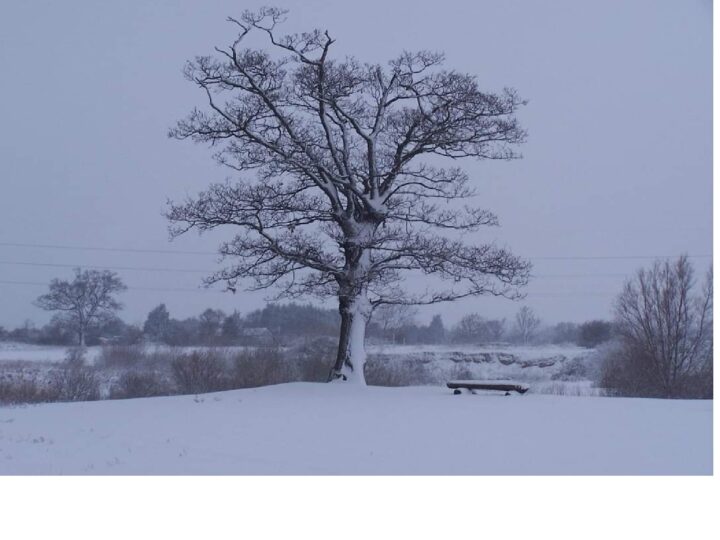
The single oak at Belhus Wood Country Park is an important tree to staff and visitors alike.
English oak trees (Quercus robur) are an incredible part of the British landscape and ecosystems, with some studies claiming oak trees support 2,300 other species.
The single oak stands in a commanding position at the top of a slight incline in the area of Belhus woods Country Park known as Hunts Hill. This area is a SINC (site of importance for nature conservation) of Metropolitan importance, and the whole area is host to a great abundance of biodiversity, from birds of prey to dragonfly species.
Visitors enjoy sitting underneath this tree’s canopy gaining some solitude whilst surrounded with the joyful sounds of nature.
Read more about how we're restoring landscapes and looking after our trees at Belhus Woods.
Gavin Leonard, Park Manager
Tagged with
Related blogs

Free Festive Trails at the Essex Country Parks and Places
Enjoy the free family Elf Trail and more at the Essex Country Parks and Places this December.
Posted on 20th November 2025
Read article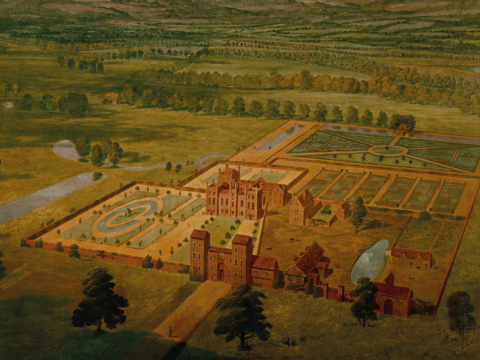
Discover 8 fascinating facts about our country parks and places for Essex Day
We’re celebrating some of the significant points of interest at our Essex Country Parks and places this Essex Day 2025.
Posted on 20th October 2025
Read article
5 surprising benefits parks can have on your wellbeing
Boost mind, body and soul at the Essex Country Parks
Posted on 3rd October 2025
Read article